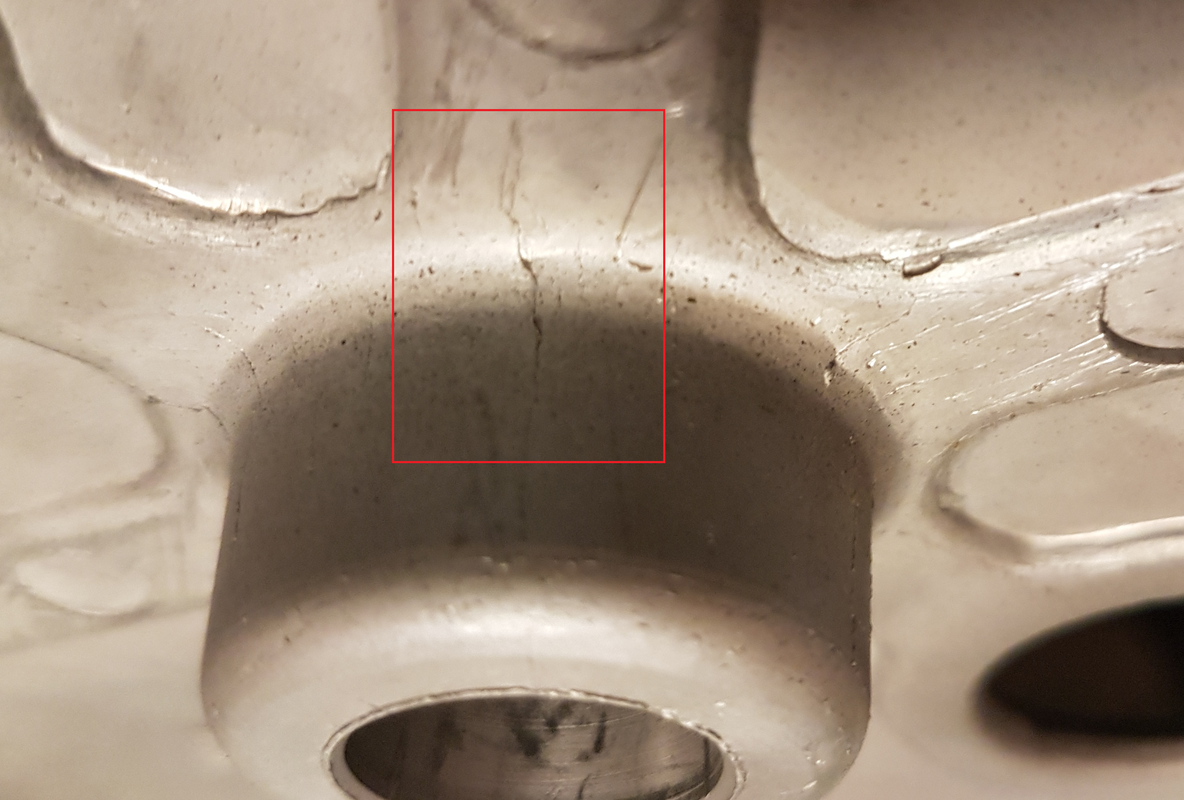You can't do the calc like that, the published spec is done as an average over a certain number of revolutions. Polar plots are good for seeing if you have a major issue with your mechanical/electrical system or test record but your need a w&f meter to get numbers to compare.
You also need a lab grade test record. @JP ran numbers for me for a few tables and it was obvious that the record itself had problems. All of the tables exhibited the same high frequency variation (similar to your plots actually) and our best guess was that the record itself was faulty as the inertia of the table shouldn't allow that kind of behavior unless something really really wonky is going on.
You also need a lab grade test record. @JP ran numbers for me for a few tables and it was obvious that the record itself had problems. All of the tables exhibited the same high frequency variation (similar to your plots actually) and our best guess was that the record itself was faulty as the inertia of the table shouldn't allow that kind of behavior unless something really really wonky is going on.



